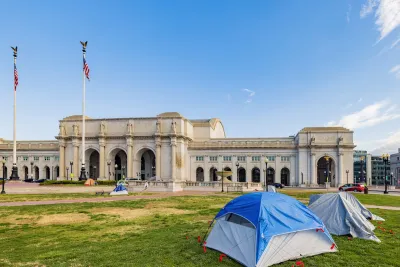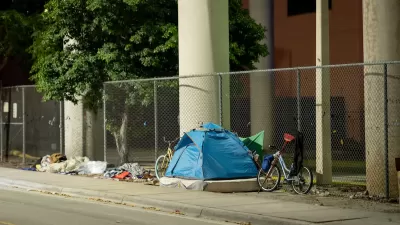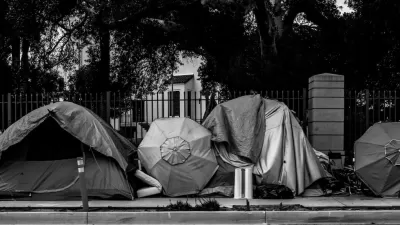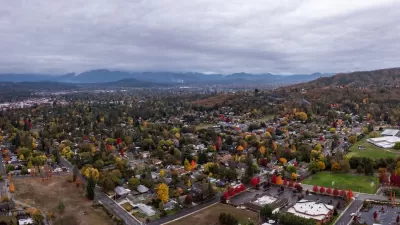President Trump recently ordered the clearing of encampments built by unhoused people on federal land in Washington, D.C.

In an opinion piece in Greater Greater Washington, Susannah Petitt argues that destroying the encampments formed by unhoused people in Washington, D.C., a move ordered by a Trump executive order, does nothing to stem the homelessness crisis.
Like many advocates for homeless Americans, Petitt points to the systemic problems that are pushing more people into homelessness. “While removing these encampments may make the city’s homeless residents less visible, it will do little to get to the root of the problem. When policymakers only see homelessness as an aesthetic problem, they miss the people and stories inside the encampments they wish to destroy.”
Destroying the relatively safe places people have found in encampments misses the real problem in DC, and will do little to improve safety. Ending homelessness requires supportive services that meet the needs of people where they are. Destroying encampments is just hiding homelessness from the view of the West Wing.
According to Petitt, reducing homelessness requires coordinated support from governments, community organizations, and social networks. “If the DC government and President Trump are serious about getting the homeless off the streets, they should emphasize community care by better supporting outreach efforts by nonprofits and individuals, not destroying encampments.” As individuals, Petitt urges people to take a minute to meet their homeless neighbors and offer a gesture of assistance or support.
FULL STORY: Destroying encampments won’t reduce homelessness in DC

Study: Maui’s Plan to Convert Vacation Rentals to Long-Term Housing Could Cause Nearly $1 Billion Economic Loss
The plan would reduce visitor accommodation by 25,% resulting in 1,900 jobs lost.

North Texas Transit Leaders Tout Benefits of TOD for Growing Region
At a summit focused on transit-oriented development, policymakers discussed how North Texas’ expanded light rail system can serve as a tool for economic growth.

Why Should We Subsidize Public Transportation?
Many public transit agencies face financial stress due to rising costs, declining fare revenue, and declining subsidies. Transit advocates must provide a strong business case for increasing public transit funding.

How to Make US Trains Faster
Changes to boarding platforms and a switch to electric trains could improve U.S. passenger rail service without the added cost of high-speed rail.

Columbia’s Revitalized ‘Loop’ Is a Hub for Local Entrepreneurs
A focus on small businesses is helping a commercial corridor in Columbia, Missouri thrive.

Invasive Insect Threatens Minnesota’s Ash Forests
The Emerald Ash Borer is a rapidly spreading invasive pest threatening Minnesota’s ash trees, and homeowners are encouraged to plant diverse replacement species, avoid moving ash firewood, and monitor for signs of infestation.
Urban Design for Planners 1: Software Tools
This six-course series explores essential urban design concepts using open source software and equips planners with the tools they need to participate fully in the urban design process.
Planning for Universal Design
Learn the tools for implementing Universal Design in planning regulations.
City of Santa Clarita
Ascent Environmental
Institute for Housing and Urban Development Studies (IHS)
City of Grandview
Harvard GSD Executive Education
Toledo-Lucas County Plan Commissions
Salt Lake City
NYU Wagner Graduate School of Public Service





























